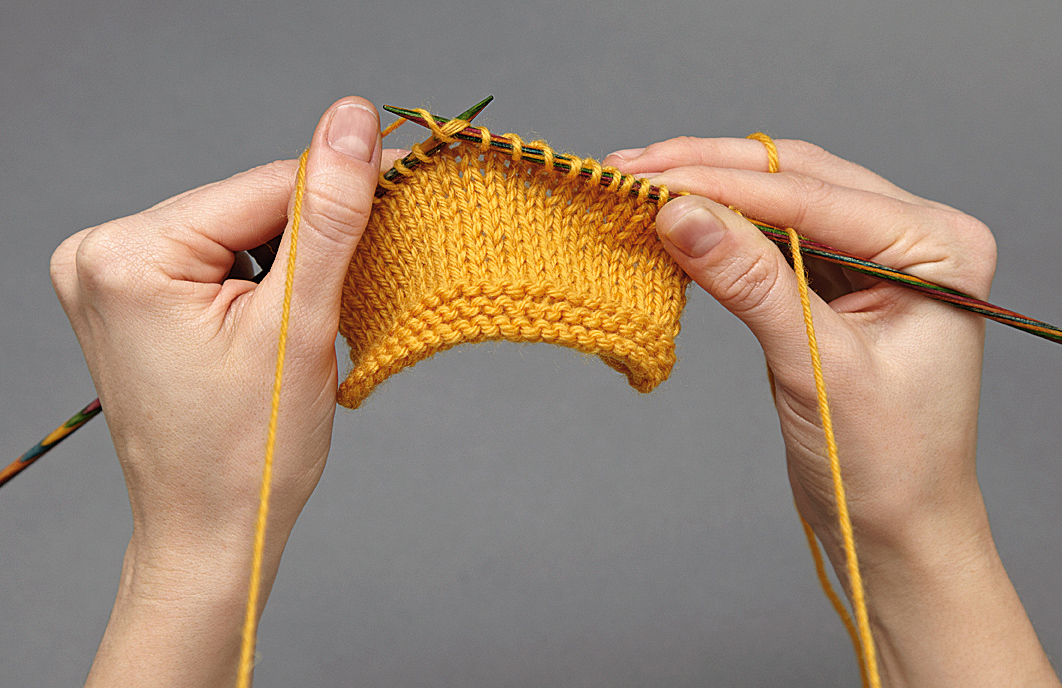According to the NHS (with a little editing to suit knitters!):
- If you knit all day, make sure your needles, yarn and pattern are positioned so that they cause the least amount of strain to your fingers, hands, wrists, neck and back.
- Sit with a good posture. Adjust your chair so that your forearms are horizontal with the knitting needles and your eyes are the same height as the top of your computer screen pattern text.
- If you do a repetitive task like stocking stitch in the round, try to take regular breaks. It is better to take smaller breaks more frequently than just one long break.
- Regular stretching is also a useful tool. Not only does it limber up those cramped hands and arms, it also forces you to take a break from your knitting.



